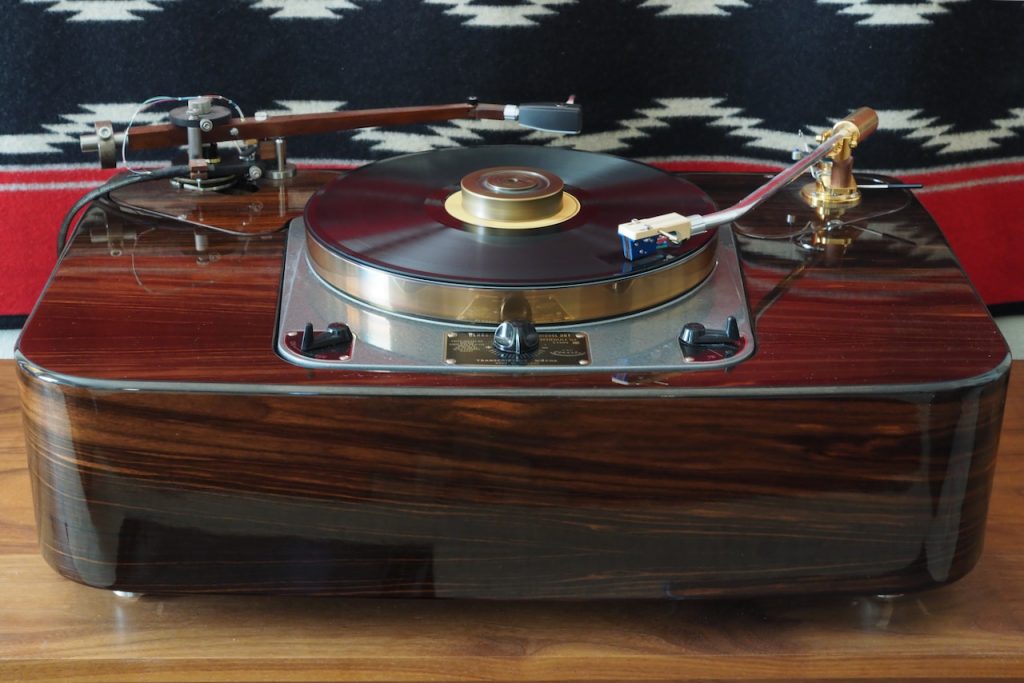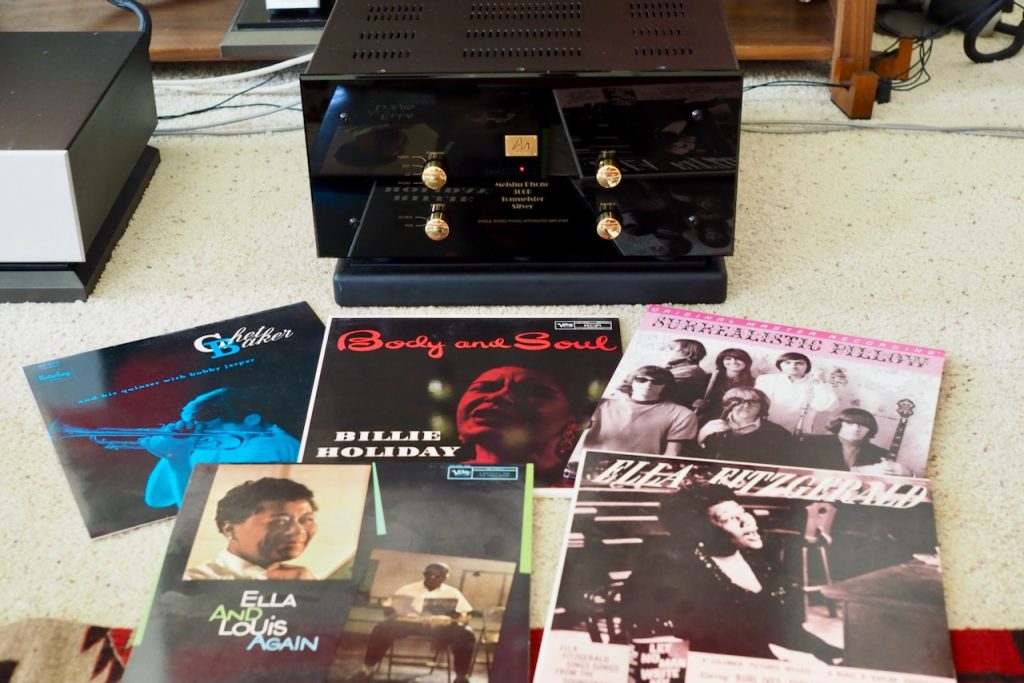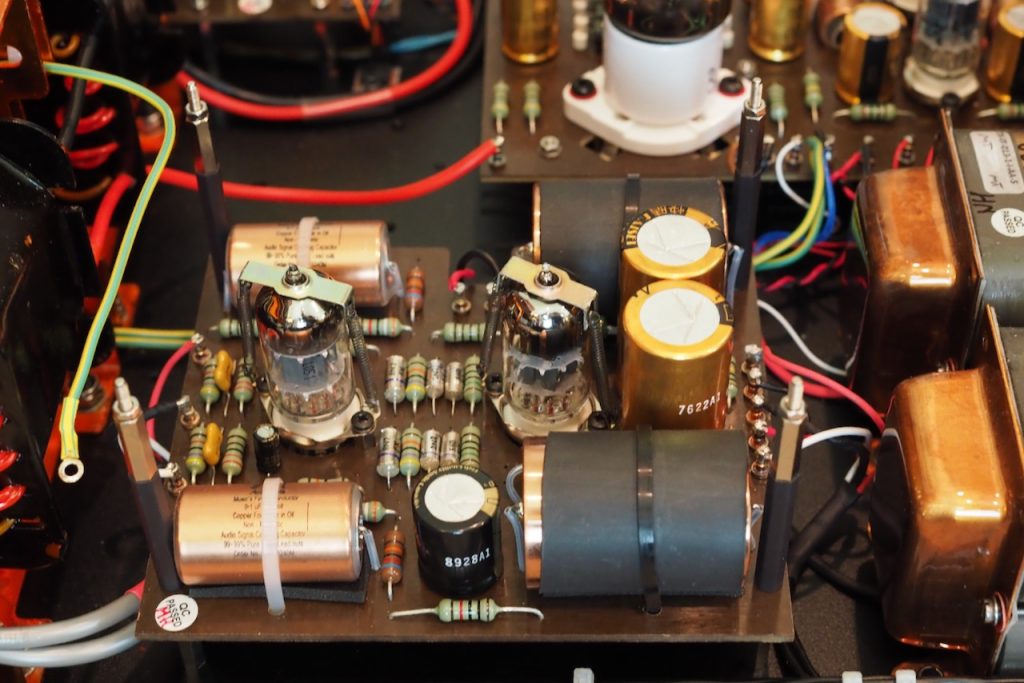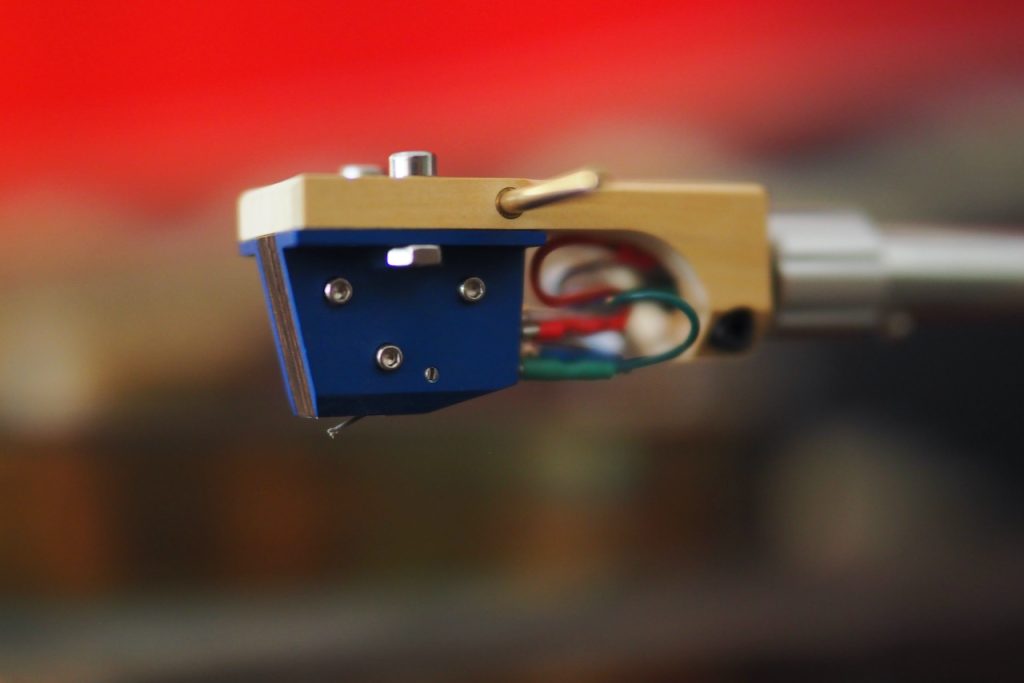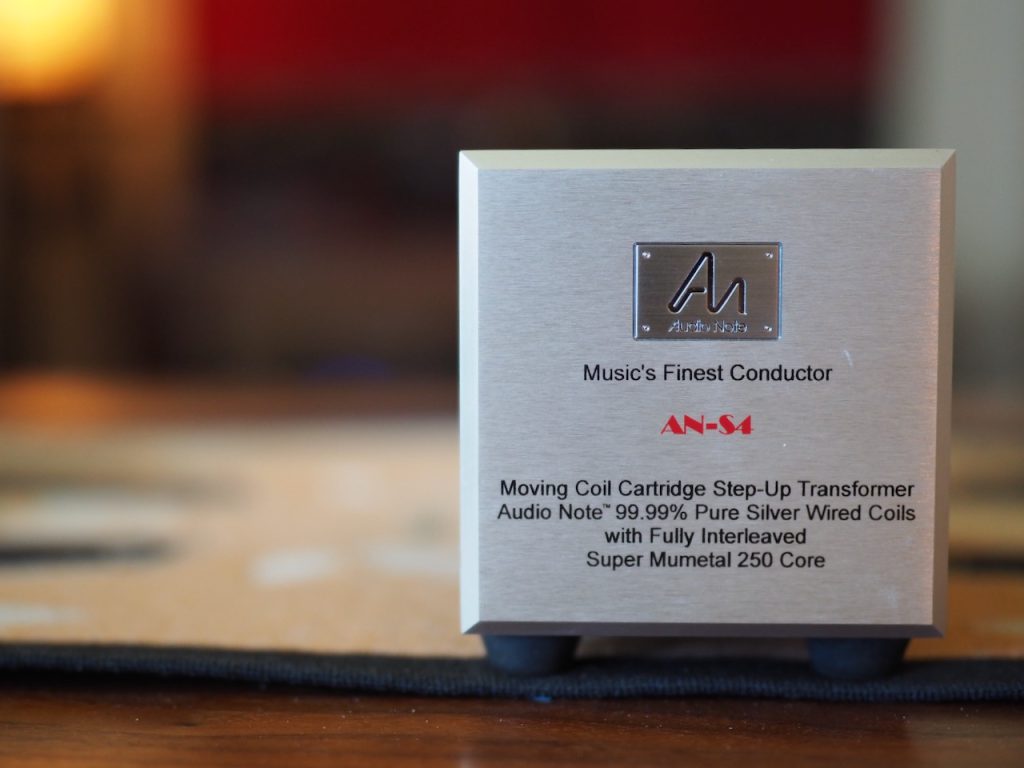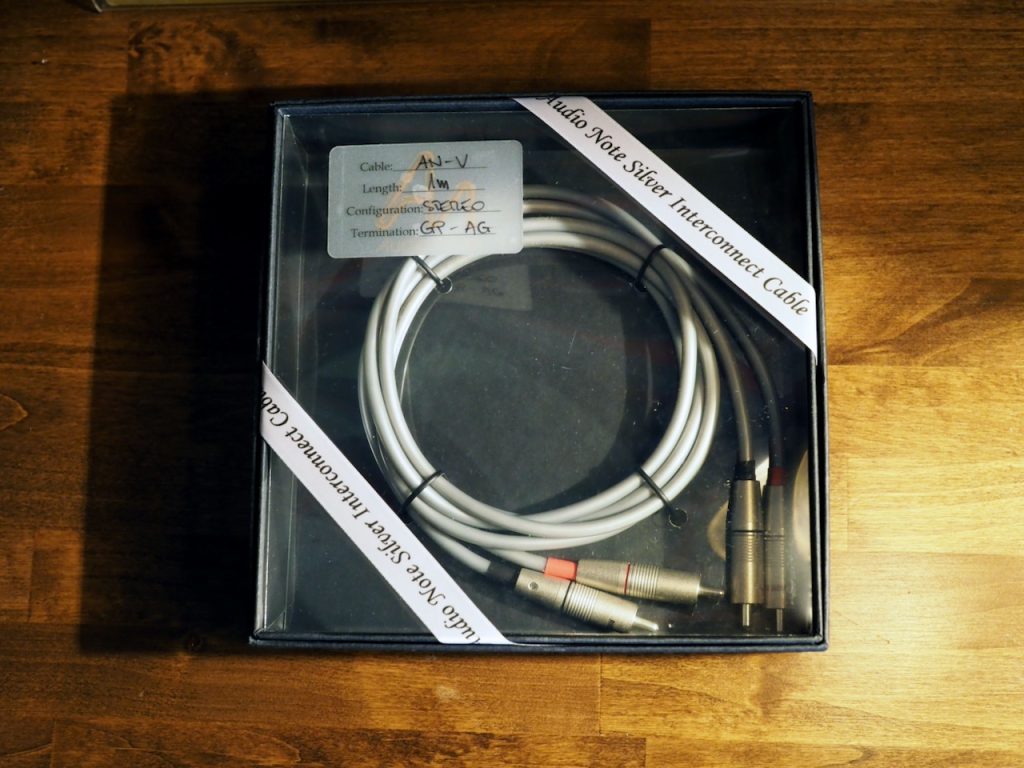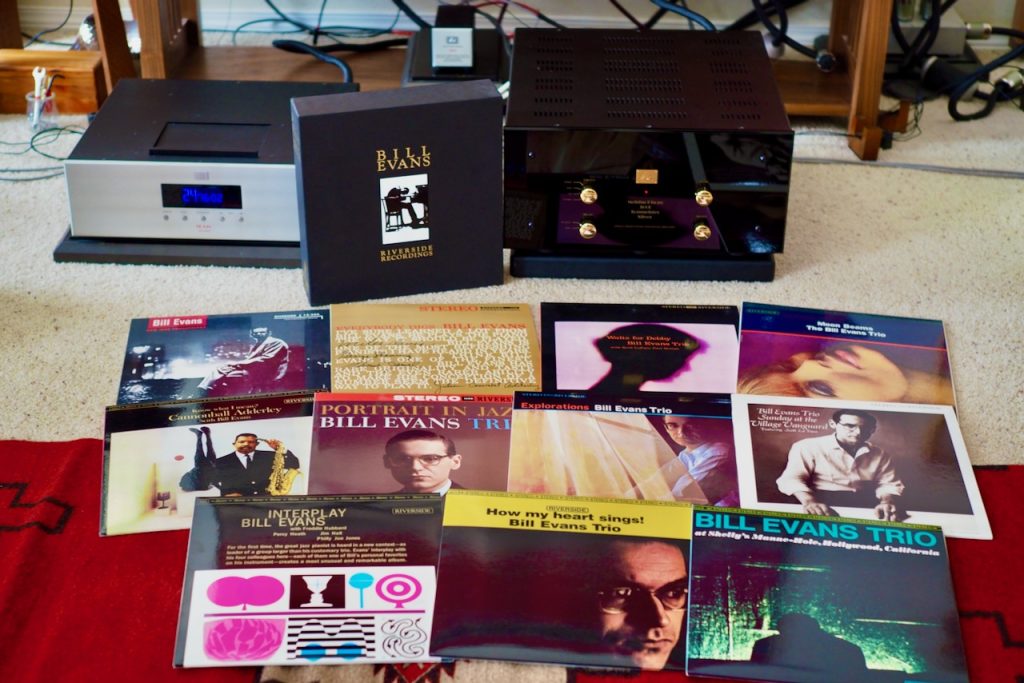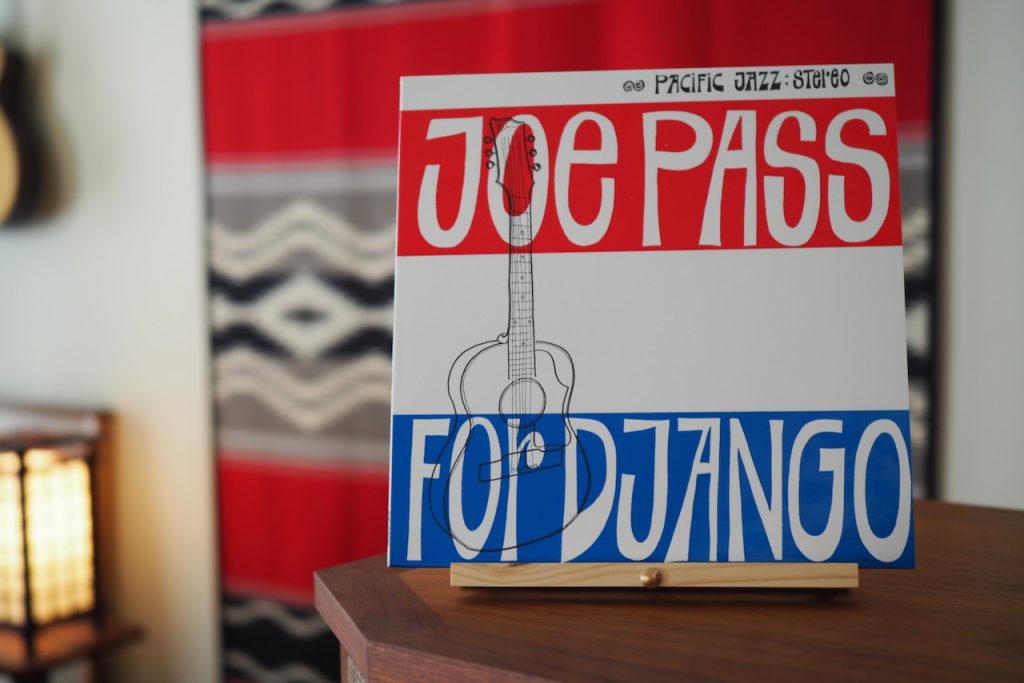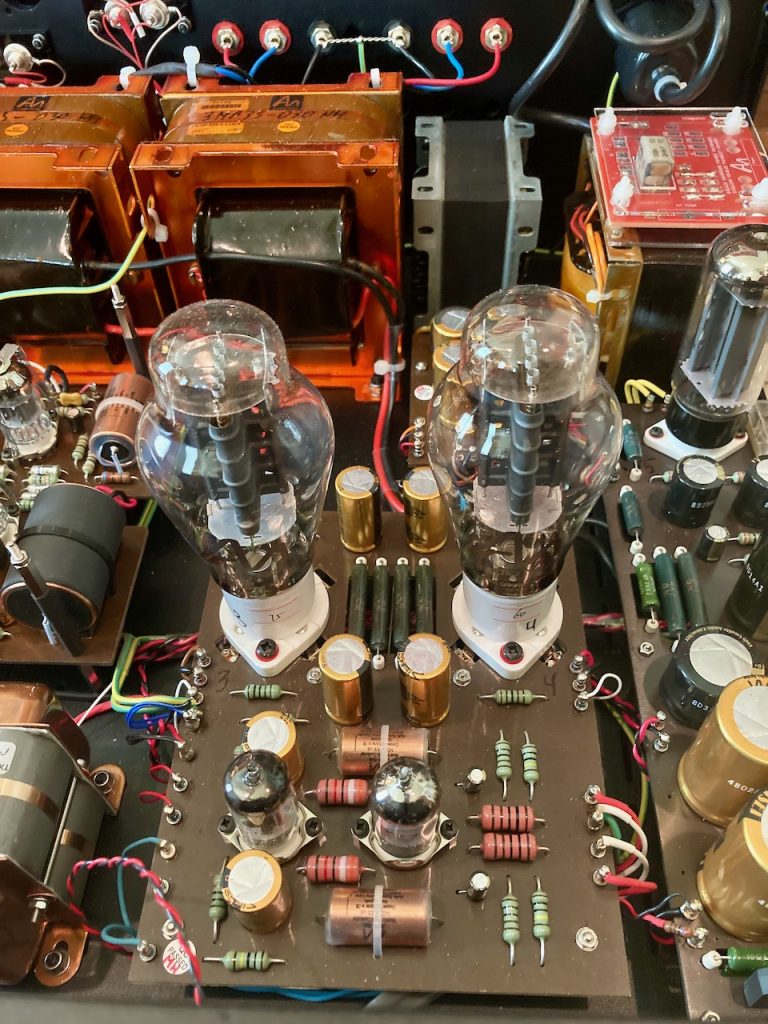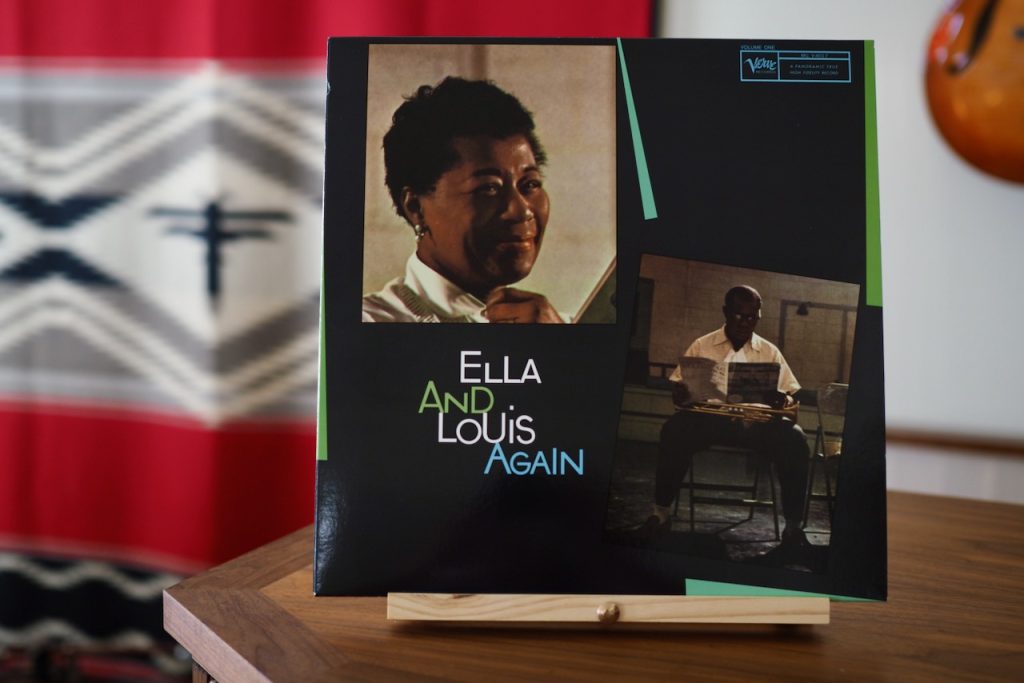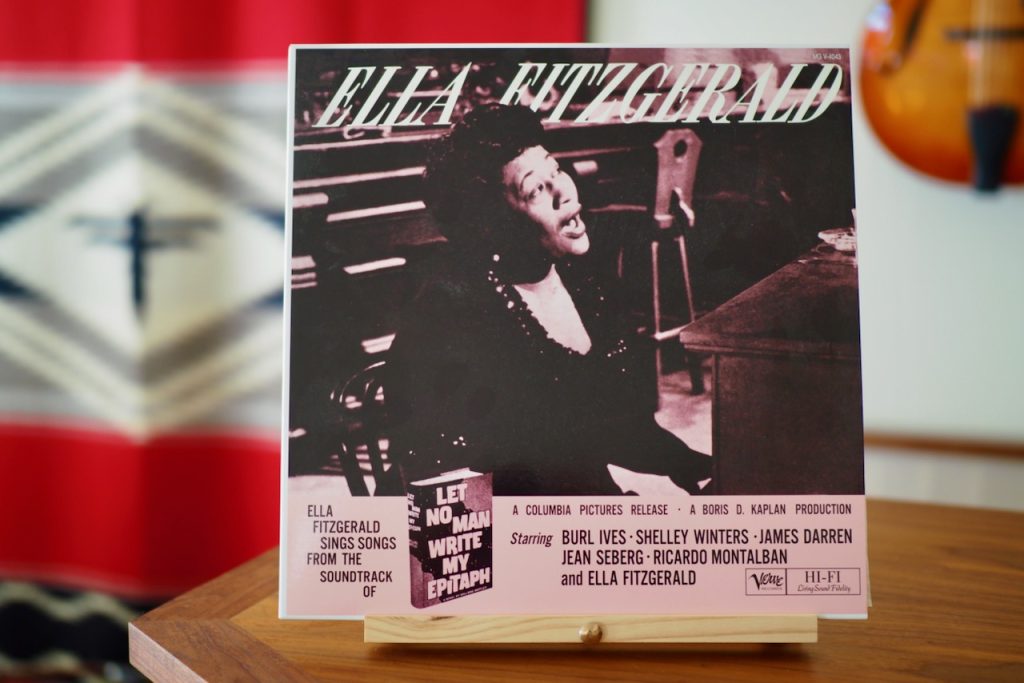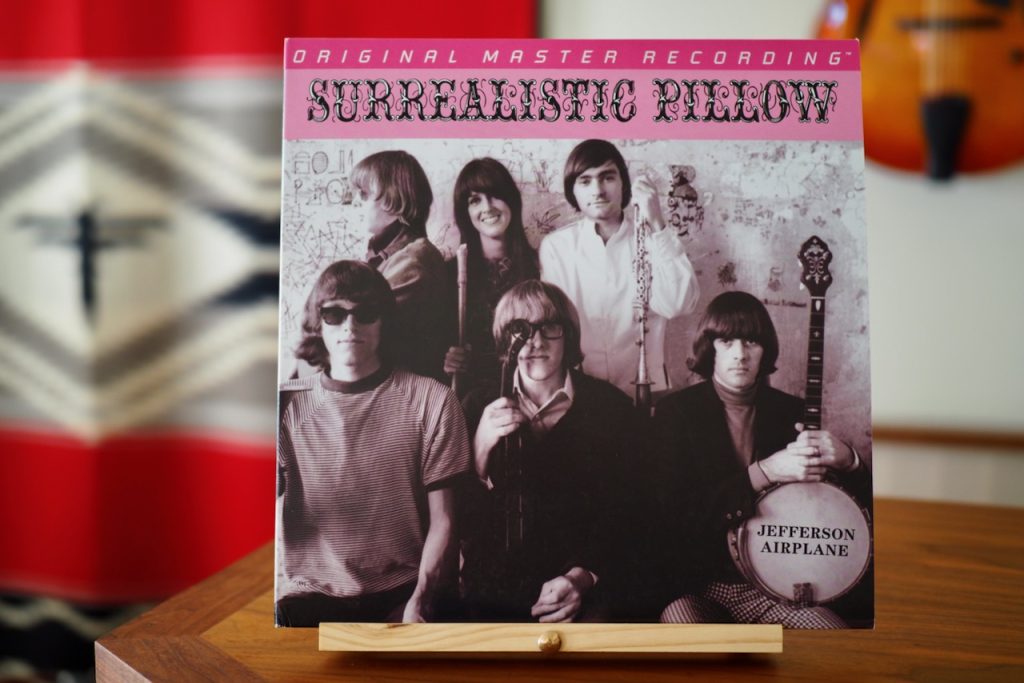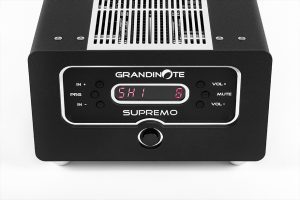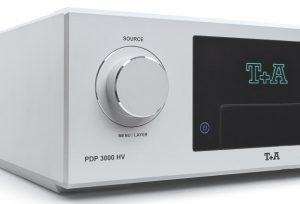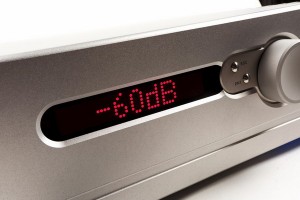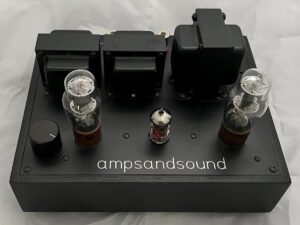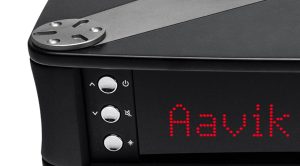Now lets move on to my listening impressions with the Audio Note (UK) Io I MC phono cartridge, AN-S4 step-up transformer, and AN-V silver interconnects, in combination with my custom CTC Garrard 301 turntable, serving as the vinyl source.
I've really enjoyed listening to the great recordings of music from both the monaural and stereo periods of the magnetic era of recording on vinyl with the Meishu, with great performances by Vince Guaraldi, Bill Evans, Paul Desmond, Joe Pass, Jim Hall, Ed Bickert, Billie Holiday, Louis Armstrong, Bing Crosby, and many other great musicians.
The high-fidelity musicality and sound quality of the Meishu's zero-feedback, single-ended, CR passive RIAA equalization phono stage (below), was superb, and delivered the music with a lot of nuance, dynamic sophistication, live-like presence and excitement, and intense emotional impact.
The signal that the Audio Note (UK) Io I MC phono cartridge, AN-S4 step-up transformer, and AN-V silver interconnects delivers to the Meishu's phono stage offers that same sort of improved resolution, tonal naturalness, nuance of dynamics, low-level detail, imaging, that "you are there" or "they are here" live-like presence, soundstaging, and emotional impact, that takes it up a 'level' of performance from CDs.
As good as their CD counterparts can be through the Audio Note (UK) CD 4.1x CD player, the highest-fidelity vinyl records still delivered a higher level of sound quality and musicality during my listening sessions, which was readily apparent through the Meishu's phono stage.
Premium audiophile reissue albums like those of the Analogue Productions 45RPM Bill Evans Riverside Recordings box set (HERE), or the Blue Note Tone Poet Joe Pass For Django (HERE), for example, were not only stunning in terms of their sound quality through the Meishu Tonmeister, but these are historically important jazz albums—exquisite in musical terms—that should be in every jazz lovers music library.
Audiophile attributes like transparency, resolution, sense of a recording's 'ambient space', and the visuospatial attributes of soundstage and imaging of these stereo albums, were simply superb, and added to the impressive musicality that Meishu conveys from recordings.
Listening to music with the Meishu was full of deep aural satisfaction, life, and emotional impact, thanks to the holographic midrange presence, natural tonal balance, and impressive dynamic articulation of the direct-heated, valve rectified, single-ended-triode 300B circuit.
In musicality terms, there was an impressive sense of timbral realism and resolution of tone color with Joe Pass' Gibson ES-175, with the Meishu providing fully resolved chordal notes and their beautiful overtones, for example.
Melodies came to vibrant life, thanks to the articulate dynamic resolution of the Meishu. Harmonies were clearly resolved, tempos were readily apparent, and rhythm and beat were natural sounding and very engaging for the albums that emphasized those aspects of musicality.
The sweet and natural sounding high-frequencies, vivid holographic midrange, and articulate and tuneful lower frequencies of the Meishu added a sense of realism that I found truly inspiring, and made it feel and sound very much like I was hearing live music playing during my listening sessions.
I marveled at the level of genius of Bill Evans' and Joe Pass' improvisational artistry, which was otherworldly in comparison to many jazz artists.
While great stereo magnetic era recordings were impressive with their high-fidelity musicality and visuospatial prowess through the Meishu Tonmeister, great monaural recordings like Chet Baker and His Quintet (Barclay), Billie Holiday's Body and Soul, Jefferson Airplane's Surrealistic Pillow, Elle Fitzgerald's Let No Man Write my Epitaph, Ella Fitzgerald's and Louis Armstrong's Ella and Louis Again, were simply stunning through the Meishu as well.
On Ella and Louis Again, Ella's and Louis' vocals were incredibly natural, articulate, and had such a vivid presence, that I felt like I was in the front row listening to them in concert.
By the way, the Meishu played recorded music with ease at live-like volume levels, and gave that spooky sense of musicians being present in my living room with me as I listened.
On Let No Man Write My Epitaph, Ella's "Black Coffee" was absolutely gorgeous tonally through the Meishu, and overflowing with feeling on an emotional level.
For audiophiles, the stunning sound quality will make you forget that this is actually monaural recording, and without the usual visuospatial cues of stereo magnetic recordings. I suspect you'd be as stunned as I was at the level of musical engagement and sound quality that this monaural recording offers through the Meishu.
The Meishu was absolute artistry on female vocals. On Jefferson Airplane's Surrealistic Pillow, Grace Slick's vocals on "White Rabbit" didn't need a pill to make Alice seem ten feet tall, and indeed, I suspect you'll feel like you've entered Wonderland upon listening to this album with the Meishu.
Each album I listened to with the Meishu was a new musical revelation for me. With superb musicality and sound quality, infused with extraordinary sense of life and emotion, I think the Meishu will completely blow away listeners with its level of performance on pretty much any music you choose to listen to. At least that's the effect the Meishu had on me.




